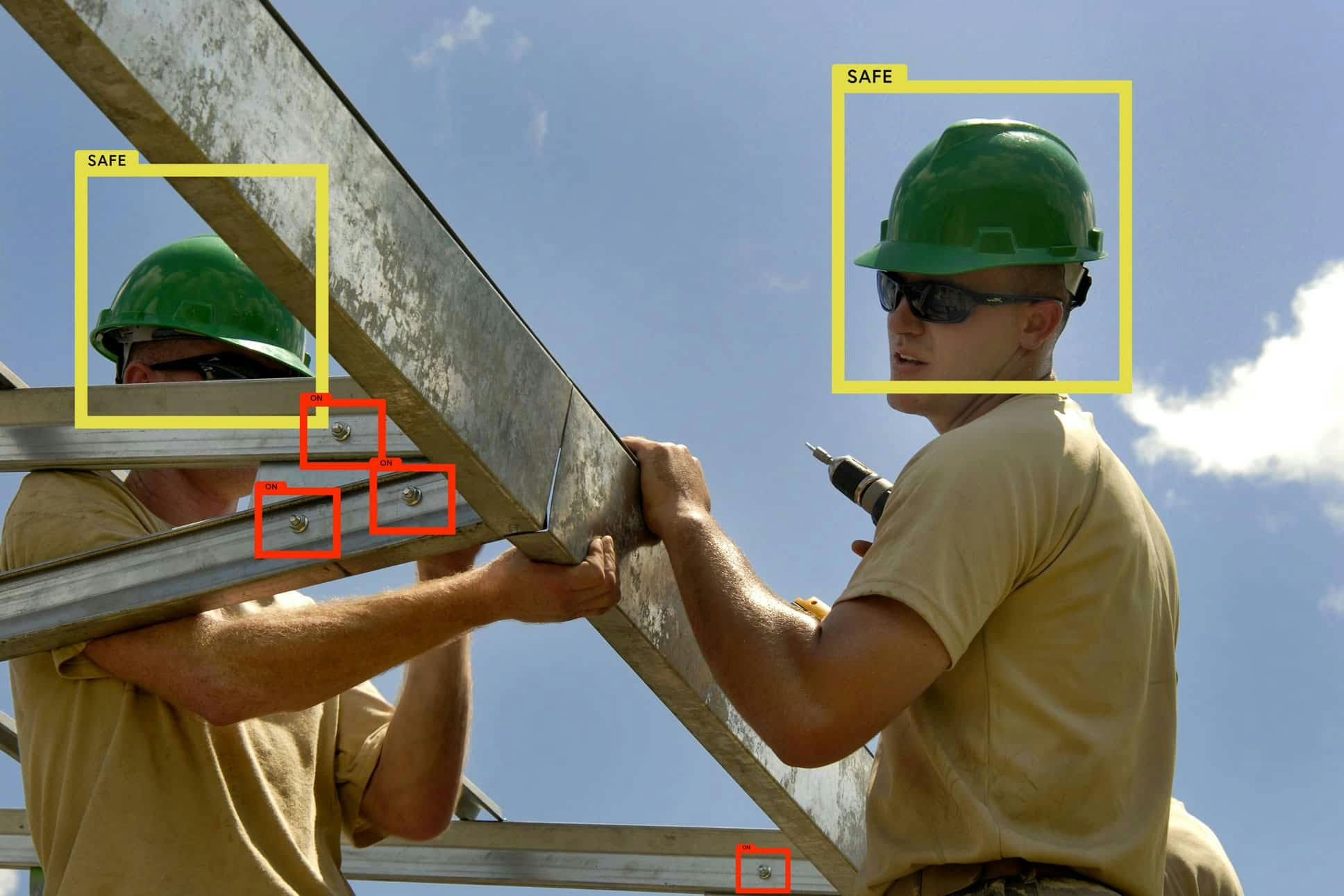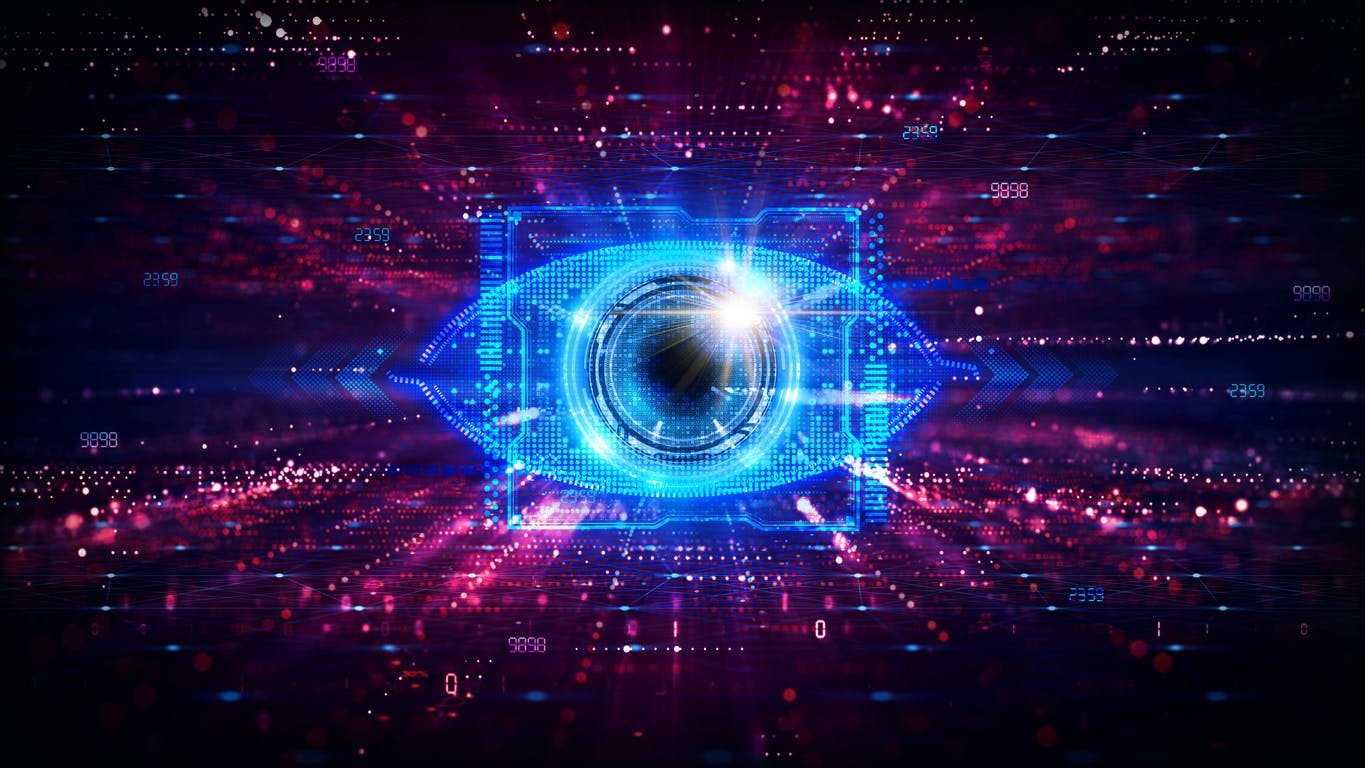The emergence of artificial intelligence opens the way to new development potential for our industries and businesses. Companies increasingly use Computer Vision, particularly image recognition, to improve their processes and increase productivity. So, we decided to explain to you in a few words what image recognition is, how it works, and its different uses.
Image Recognition: a Computer Vision branch
Image recognition is a subcategory of Computer Vision and Artificial Intelligence. It represents a set of methods for detecting and analyzing images to enable the automation of a specific task. It is a technology capable of identifying places, people, objects, and many other elements within an image and drawing conclusions from them by analyzing them.
Photo or video recognition can be performed at different degrees of accuracy, depending on the type of information or concept required. Indeed, a model or algorithm can detect a specific element, just as it can simply assign an image to a large category.
Image Recognition Tasks
So, there are different "tasks" that image recognition can perform:
- Image Classification. It identifies the "class," i.e., the category to which an image belongs. An image can have only one class.
- Tagging. It is also a classification task but with a higher degree of accuracy. It can recognize the presence of several concepts or objects within an image. Therefore, one or more tags can be assigned to a particular image.
- Detection. This is necessary when you want to locate an object in an image. Once the object is located, a bounding box is placed around the object in question.
- Segmentation. This is also a detection task. Segmentation can locate an element on an image to the nearest pixel. Sometimes, it is necessary to be extremely precise, for example, when developing autonomous cars.

How does image recognition work?
Image recognition in theory
Theoretically, image recognition is based on Deep Learning. Deep Learning, a subcategory of Machine Learning, refers to a set of automatic learning techniques and technologies based on artificial neural networks, often involving Convolutional Neural Networks (CNNs), which are particularly effective in processing and interpreting visual information from images.
What is an artificial neural network?
An artificial neural network is similar to a human neural network. However, an artificial neuron is a mathematical function! Remember that an artificial neural network consists of an input, parameters, and an output.
Each network consists of several layers of neurons, which can influence each other. The complexity of the architecture and structure of a neural network will depend on the type of information required.
Thanks to these neural networks, an algorithm can recognize a concept within an image!
Image recognition in practice
Training neural networks to recognize one or more concepts in an image is necessary. To do this, a first set of visual data must be collected and constituted as a basis for training. It's crucial that this dataset is diverse and representative to avoid biases and ensure accurate recognition across various scenarios.
[Remember that image recognition works by analyzing each pixel of an image to extract information, just like a human eye does. Therefore, if you cannot understand the information in a photo, your model won't be able to either!]
Once the dataset has been created, it is essential to annotate it, i.e., tell your model whether or not the element you are looking for is present on an image, as well as its location. Note that there are different types of labels (tags, bounding boxes, or polygons) depending on the task you have chosen.
Only once the entire dataset has been annotated can it move on to training. As with a human brain, the neural network must be taught to recognize a concept by showing it many different examples.
The final goal of the training is for the algorithm to make predictions after analyzing an image. In other words, it must be able to assign a class to the image or indicate whether a specific element is present.
What can be done with image recognition?
With an image recognition system or platform, it is possible to automate business processes and thus improve productivity. Indeed, once a model recognizes an element in an image, it can be programmed to perform a particular action. Several different use cases are already in production and are deployed on a large scale in various industries and sectors.
For example, a quality control automation solution was deployed in the telecommunications sector. Field technicians use an image recognition system to control the quality of their installations.
Another example is a smart checkout system based on image recognition, which can reduce the time spent queuing by 2900% (no, we did not add a 0 by mistake). This type of technology can be applied in numerous industries, from "old industries" such as telecommunications, utilities, or pharmaceuticals to "newer" industries such as EV Charging Point installation or even solar panels.





